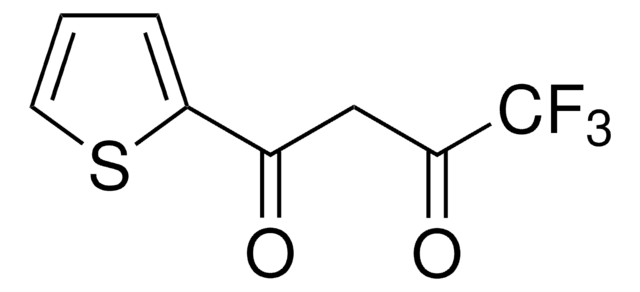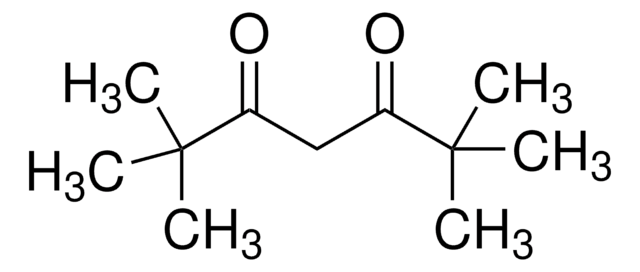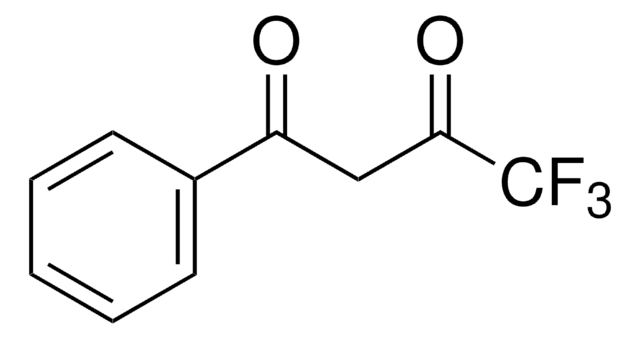223301
Trioctylphosphine oxide
ReagentPlus®, 99%
Synonyme(s) :
(Oct)3PO, TOPO®
About This Item
Produits recommandés
Niveau de qualité
Gamme de produits
ReagentPlus®
Pureté
99%
Forme
solid
Capacité de réaction
reaction type: Buchwald-Hartwig Cross Coupling Reaction
reaction type: Heck Reaction
reaction type: Hiyama Coupling
reaction type: Negishi Coupling
reaction type: Sonogashira Coupling
reaction type: Stille Coupling
reaction type: Suzuki-Miyaura Coupling
Pertinence de la réaction
reagent type: ligand
Point d'ébullition
201-202 °C/2 mmHg (lit.)
Pf
50-52 °C (lit.)
Groupe fonctionnel
phosphine
Chaîne SMILES
CCCCCCCCP(=O)(CCCCCCCC)CCCCCCCC
InChI
1S/C24H51OP/c1-4-7-10-13-16-19-22-26(25,23-20-17-14-11-8-5-2)24-21-18-15-12-9-6-3/h4-24H2,1-3H3
Clé InChI
ZMBHCYHQLYEYDV-UHFFFAOYSA-N
Vous recherchez des produits similaires ? Visite Guide de comparaison des produits
Catégories apparentées
Application
Informations légales
Mention d'avertissement
Danger
Mentions de danger
Conseils de prudence
Classification des risques
Aquatic Chronic 3 - Eye Dam. 1 - Skin Irrit. 2
Code de la classe de stockage
11 - Combustible Solids
Classe de danger pour l'eau (WGK)
WGK 3
Point d'éclair (°F)
446.0 °F - closed cup
Point d'éclair (°C)
230 °C - closed cup
Équipement de protection individuelle
dust mask type N95 (US), Eyeshields, Gloves
Faites votre choix parmi les versions les plus récentes :
Déjà en possession de ce produit ?
Retrouvez la documentation relative aux produits que vous avez récemment achetés dans la Bibliothèque de documents.
Les clients ont également consulté
Articles
Solvothermal synthesis is a method for preparing a variety of materials such as metals, semiconductors, ceramics, and polymers.
Notre équipe de scientifiques dispose d'une expérience dans tous les secteurs de la recherche, notamment en sciences de la vie, science des matériaux, synthèse chimique, chromatographie, analyse et dans de nombreux autres domaines..
Contacter notre Service technique













